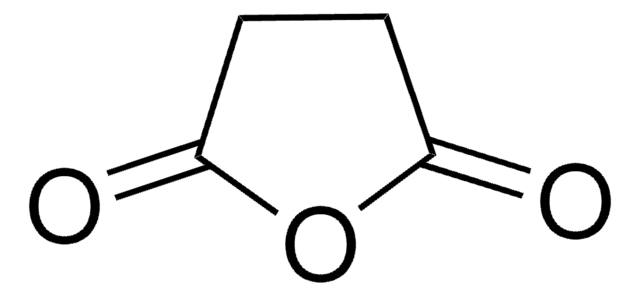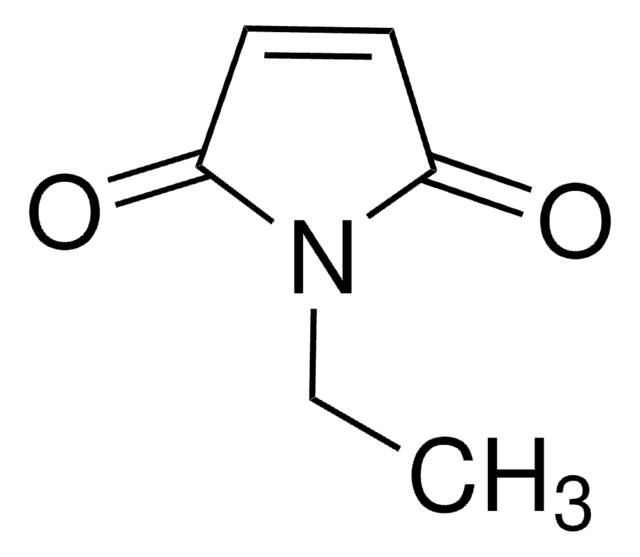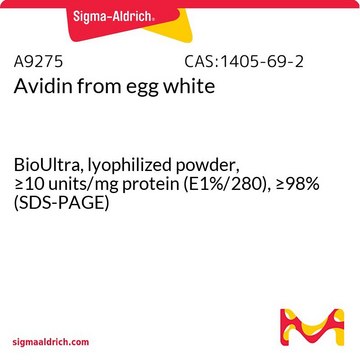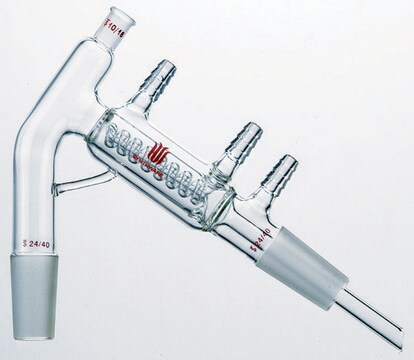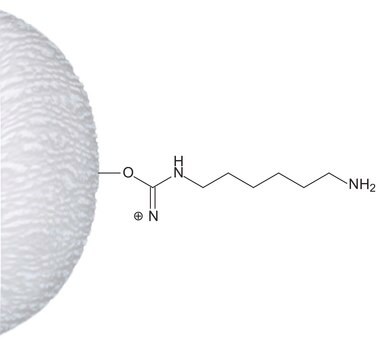82526
Protein A soluble from Staphylococcus aureus (Cowan strain)
powder, white
About This Item
Produits recommandés
Source biologique
Staphylococcus aureus
Niveau de qualité
Conjugué
unconjugated
Forme
powder
Espèces réactives
mouse, cat, monkey, pig, dog, human, rabbit, guinea pig
Technique(s)
ELISA: suitable
immunohistochemistry: suitable
immunoprecipitation (IP): suitable
western blot: suitable
Couleur
white
Capacité
~10 mg/mg binding capacity (human IgG)
Solubilité
H2O: 1 mg/mL, clear, colorless
Numéro d'accès UniProt
Température de stockage
2-8°C
Informations sur le gène
Staphylococcus aureus subsp. aureus NCTC 8325 ... SAOUHSC_00069(3919448)
Description générale
Protein A is involved in regulating anti-tumor, toxic, and carcinogenic functions. In addition to acting as an immunomodulator, it also has antifungal and antiparasitic properties.
Application
Clause de non-responsabilité
Code de la classe de stockage
11 - Combustible Solids
Classe de danger pour l'eau (WGK)
WGK 3
Point d'éclair (°F)
Not applicable
Point d'éclair (°C)
Not applicable
Équipement de protection individuelle
Eyeshields, Gloves, type N95 (US)
Faites votre choix parmi les versions les plus récentes :
Déjà en possession de ce produit ?
Retrouvez la documentation relative aux produits que vous avez récemment achetés dans la Bibliothèque de documents.
Les clients ont également consulté
Notre équipe de scientifiques dispose d'une expérience dans tous les secteurs de la recherche, notamment en sciences de la vie, science des matériaux, synthèse chimique, chromatographie, analyse et dans de nombreux autres domaines..
Contacter notre Service technique



